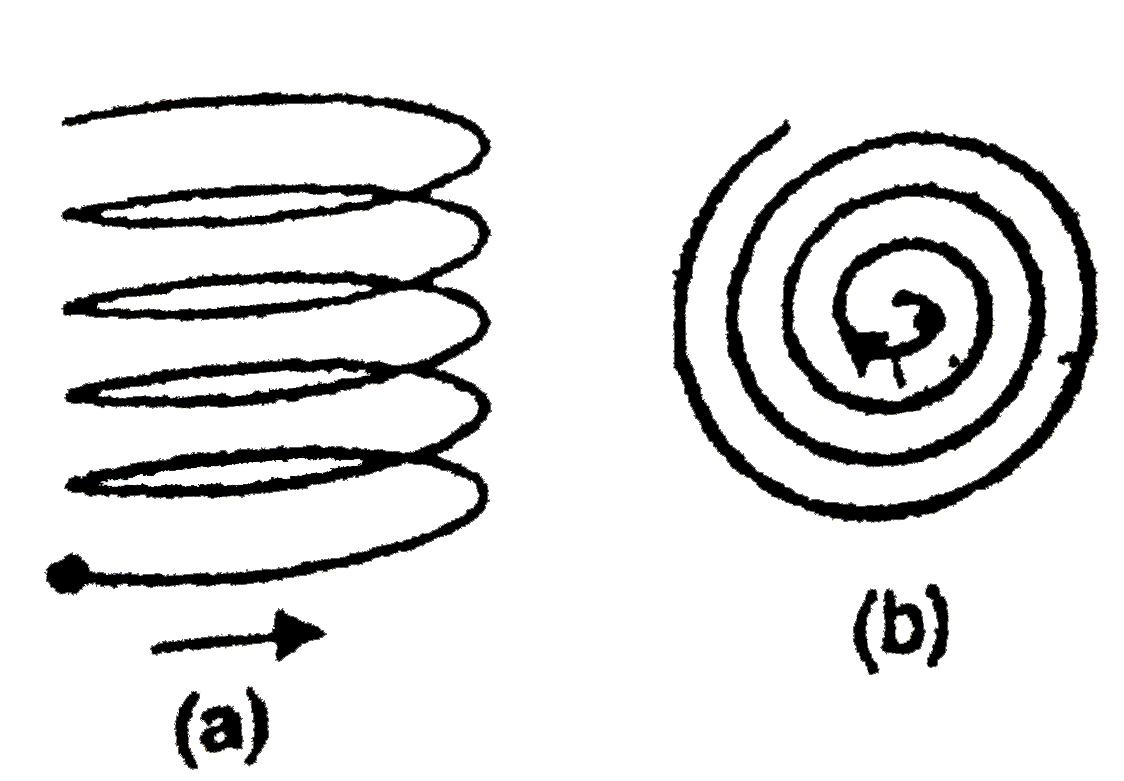A particle is moving with a constant speed along a straight line path. A force is not required to
increase its speed
decrease the momentum
change the direction
keep it moving with uniform velocity
The correct Answer is:D
Step by step video & image solution for A particle is moving with a constant speed along a straight line path. A force is not required to by Physics experts to help you in doubts & scoring excellent marks in Class 12 exams.
Similar Questions
A particle of mass M moves with constant speed along a circular path of radius r under the action of a force F. Its speed is
View SolutionA particle moves with constant speed v along a circular path of radius r and completes the circle in time T. The acceleration of the particle is
View SolutionA particie of mass 10 kg is driven by a machine that delivers a constant power of 20 watts. If particle starts from rest and moves along a straight line, then force (in Newton) on particle at time t(t> 0) is
View SolutionA particle is going with constant speed along a uniform helical and spiral path separately as shown in figure
 View Solution
View SolutionStatement I: A body in equilibrium has to be at reat only.
Statement II: A body in equilibrium may be moving with a constant speed along a straight line path.View SolutionA cart moves with a constant speed along a horizontal circular path. From the cart, a particle is thrown up vertically with respect to the cart.
View SolutionA particle start moving from rest state along a straight line under the action of a constant force and travel distance x in first 5 seconds. The distance travelled by it in next five seconds will be
View SolutionA particle moves along a straight line path. After some time it comes to rest. The motion is with constant acceleration whose direction with respect to the direction of velocity is :
View SolutionA particle moves along a straight line path. After some time it comes to rest. The motion is with constant acceleration whose direction with respect to the direction of velocity is :
View SolutionA particle of mass m moves with constant speed v on a circular path of radius r. Find magnitude of average force on it in half revolution.
View Solution


